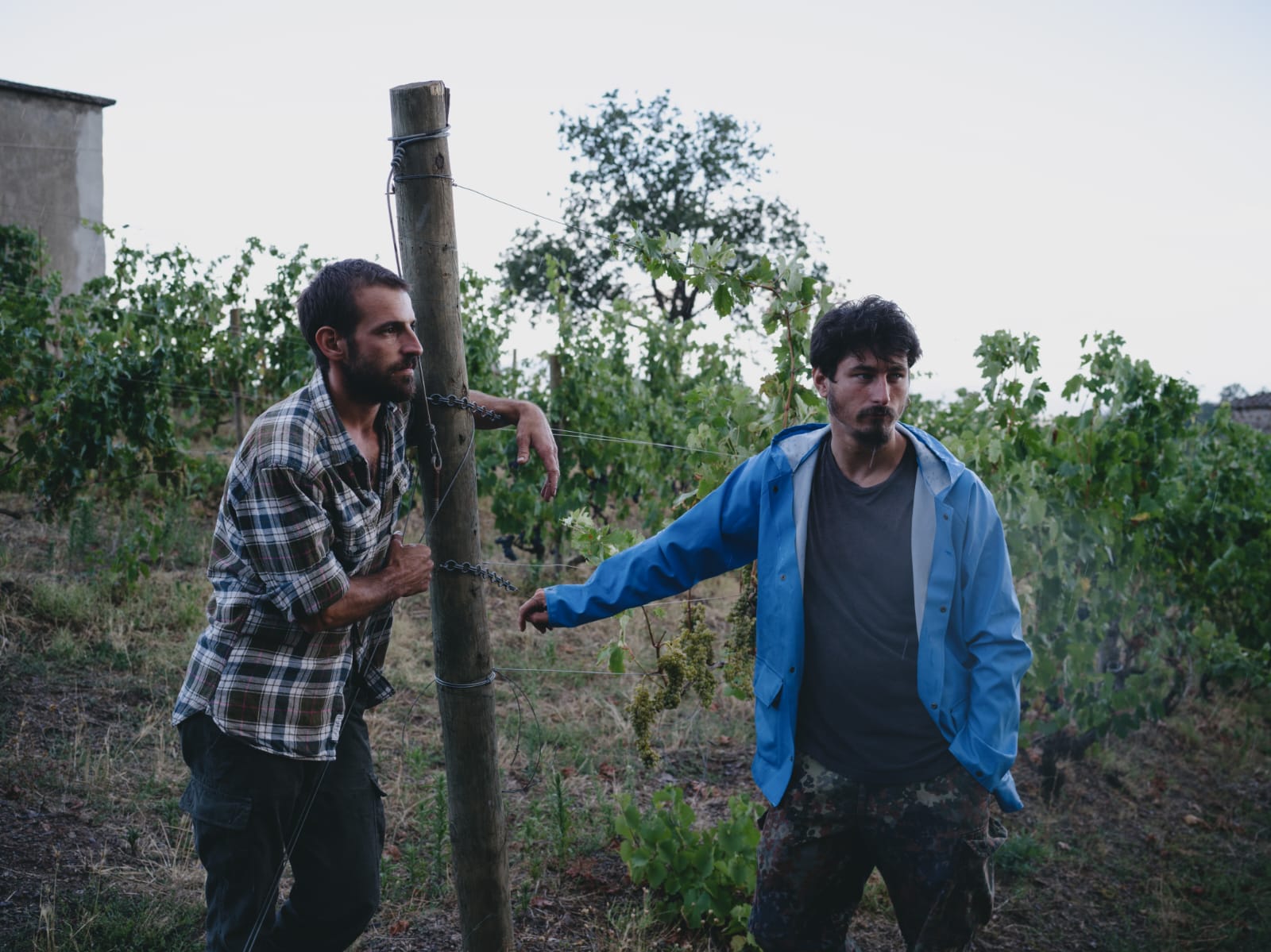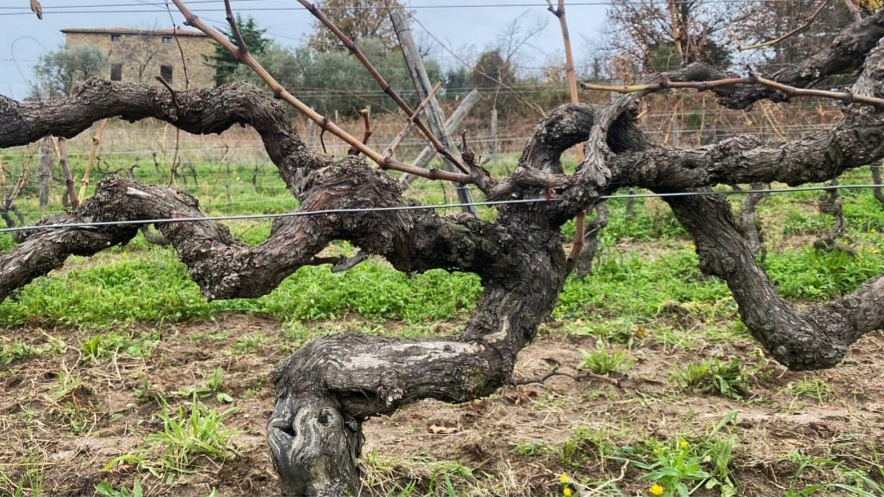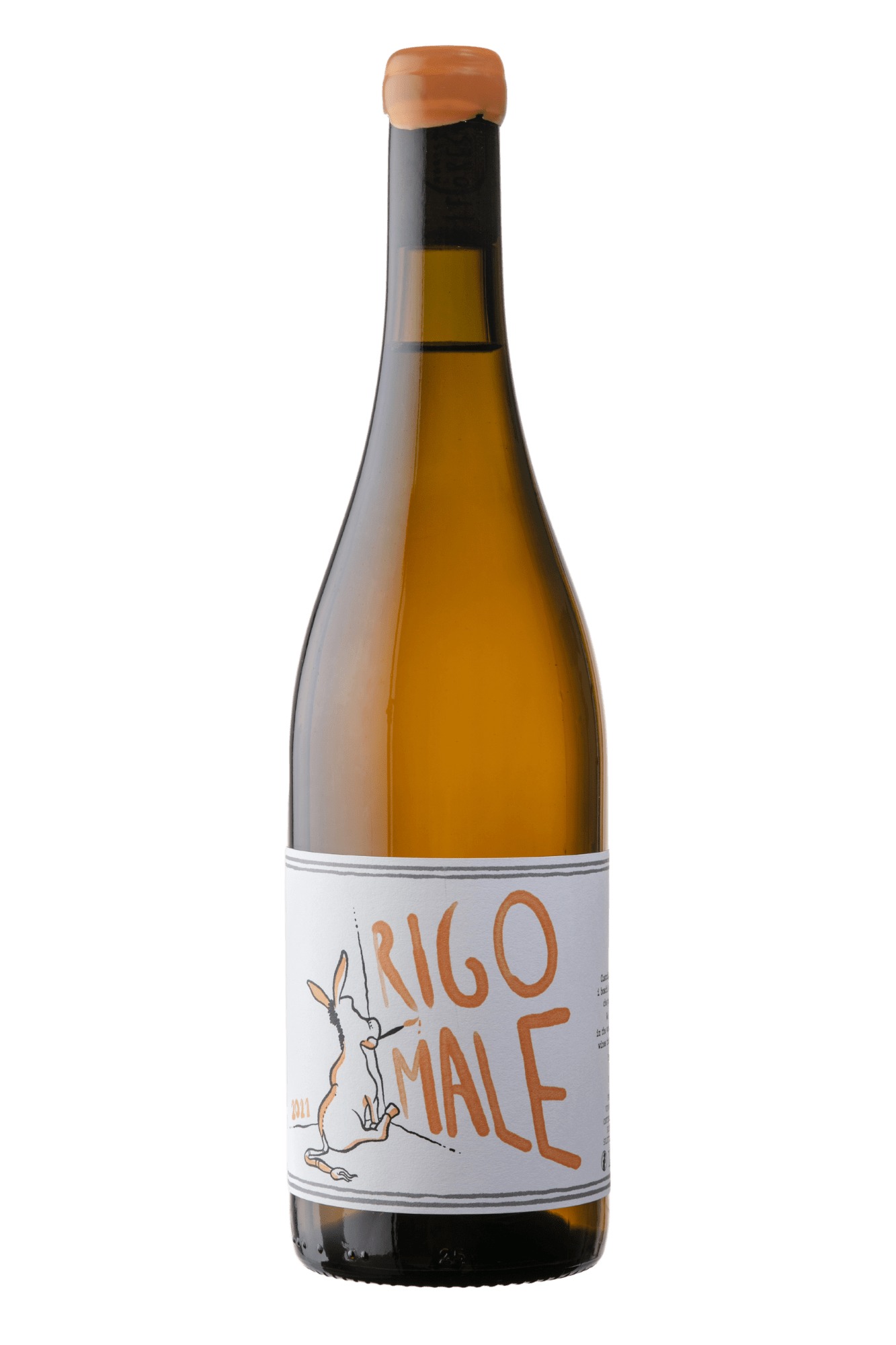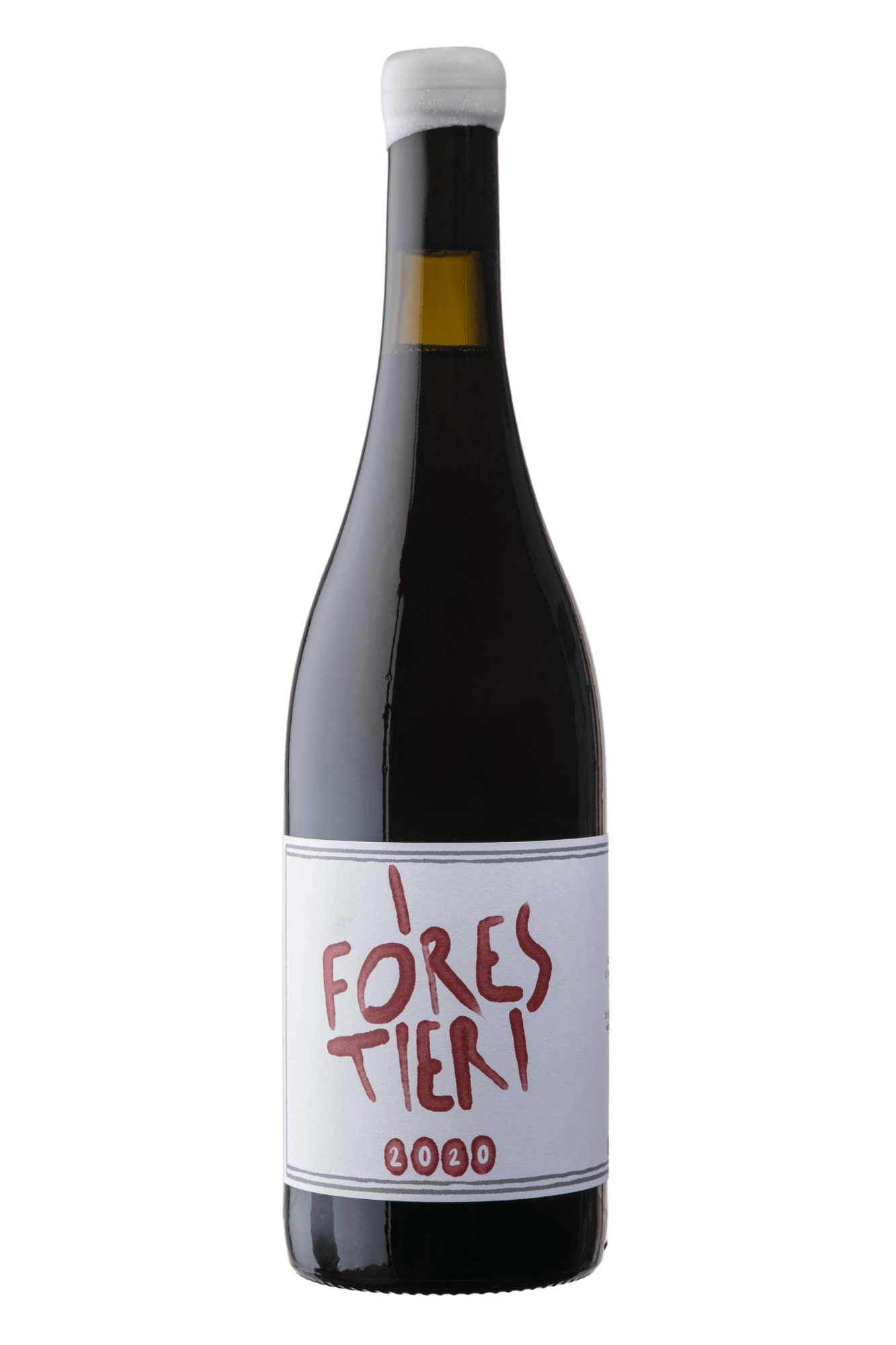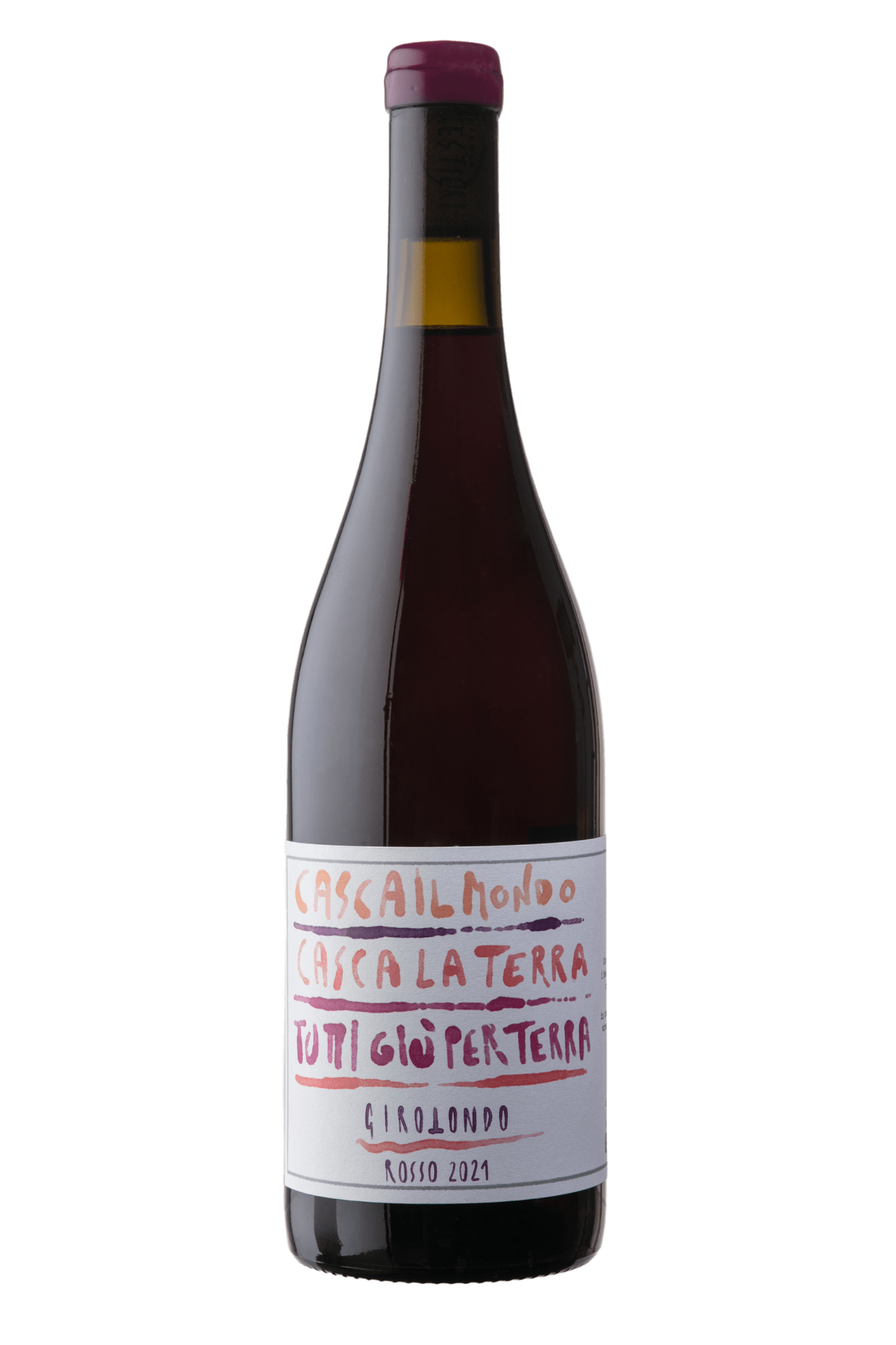Tuscan can do
Agricola I Forestieri was born in 2019 as two friends and colleagues decided to embark on their own winemaking journey together. Dario Marinari cut his teeth working in vineyards and wineries in both Italy and France. He was an apprentice to the folk-legend Stefano Amerighi in Cortona and gained experience in biodynamic agriculture and natural winemaking at Agricola Le Nuvole, Mas de Daumas Gassac before landing at Ampeleia in Tuscany. His friend Ezequiel Allassia was born in Argentina and moved to Tuscany over 16 years ago and is now an “adopted native” in the Tuscan Maremma. He is currently the cellarmaster at Ampeleia, where the two met and ultimately decided to create their own project together: Agricola I Forestieri.
The work of these two “Forestieri”, a term in Italian referring to “strangers”, as both Dario and Ezequiel come from outside of the Tuscany Maremma, is inspiring. Over the past several years they have listened closely to the old farmers and locals in and around the hill-towns of Roccatederighi and Roccastrada, high in the Alta Maremma of Tuscany. They have pieced together some 3.5-4 hectares of very old, often abandoned vineyard parcels nestled and hidden high in the hills of these villages. The rehabilitation of the old vines and the combination of elevation and diverse soil compositions (mixtures of gallestro/schist, sand, clay and marne) gives them an unparalleled sense of place and a fierce attachment to the land from which the wines are made.
These vineyards are tiny parcels, often co-planted in the ancient Etruscan “agricoltura promiscua” method with various local varieties all planted together; such as Sangiovese, Ciliegiolo, Montepulciano, Aleatico and Grenache for the reds with Trebbiano, Malvasia, Moscato and Ansonica for the white grapes. Elevations range from 250-600 metres giving the wines remarkable balance and complexity.
Vinification takes place in a small cantina where each parcel is fermented and aged individually before a careful assemblage of the various ageing vessels and vinification methods is made to create the finished wines. All fermentations use native yeast and each moment, each step in the process is deliberate and careful attention is paid to every detail: ripeness of grapes, de-stemming vs whole cluster, skin maceration, cement tank vs amphora vs ceramic egg vs stainless steel vs cement. Sulphur dioxide is used only if and when necessary; Dario and Ezequiel are not dogmatic about the use of sulphur, rather they use it diligently and only when necessary to help create a balanced, pure wine…all of these decisions result in wines that are simply stunning.
We have three wines from them:
Rigomale is born of two opposite vinifications. Trebbiano with four months of skin contact in amphorae meets direct press Malvasia, grown on sandy basalt and marl. A vibrant fresh orange wine, light yet textural, floral and aromatic, the candid Malvasia provides the fruit and tang, the tannin from the Trebbiano gives the grip to the palate and provides structure. Vegetative with fennel, yellow fruits and lemons make an appearance. There is also a permaculture at the Forestieris, as the surrounding macchia makes itself felt in the wine as a delicate spiciness and freshness. Like all Forestrieri natural wines, unfiltered and bottled with minimal added sulphur.
Forestieri Rosso is the flagship wine of the estate is made from old Sangiovese vines with some Ciliegiolo, Montepulciano, Alicante Nero (Grenache, Cannonau) and other unknown grape varieties, which grow together as a permaculture in the same rows – the best parcels of the Alta Maremma. In total, the Forestrieri undergoes a 4-month maceration period with partial whole-cluster fermentation. On the palate, there is a subtle intensity and that classic rustic tannin, accompanied by ripe cherries that jump right out of the glass and want your attention.
“It is the selection of the best grapes from the oldest plots. Here Sangiovese meets Ciliegiolo, Alicante Nero (Grenache, Cannonau) but also other unknown varieties. It is our thought translated into wine.
The adventure begins with harvesting the grapes from the lower vineyards, gradually climbing up to the higher vineyards. Fermentation with a percentage of whole clusters takes place in terracotta amphorae where it remains there for about 4 months. After racking it rests in amphora for another 5/6 months; its journey ends with an aging in bottle for about 10 months. A long journey in search of refinement and elegance.”
Girotondo Rosso is 95% Sangiovese with 5% Garnacha Blanca as whole cluster fermentation and aged in cement tanks. The grapes come from the foothills of the Alta Maremma and grow on sandy granite and basalt. Mixed cultivation in the vines, sometimes several grape varieties in the rows, here and there lemons and olive trees. The surrounding maquis is clearly noticeable in the wine as a delicate spiciness and vegetative freshness. If you then hold your nose in the glass, fragrant cherries and a lot of spice come towards you, so you taste pure Italy with this silky fine tannin, without this alcoholic opulence, of course.
“It is our daring tour in pursuit of the grapes with greater acidity and freshness. Mainly Sangiovese, it comes from co-fermentation with a small amount of white grapes. Short macerations and aging in concrete. A wine without unnecessary frills from this mountain Maremma.”
Agricola I Forestieri will be making their Real Wine Fair debut this year, join them by signing up HERE.


